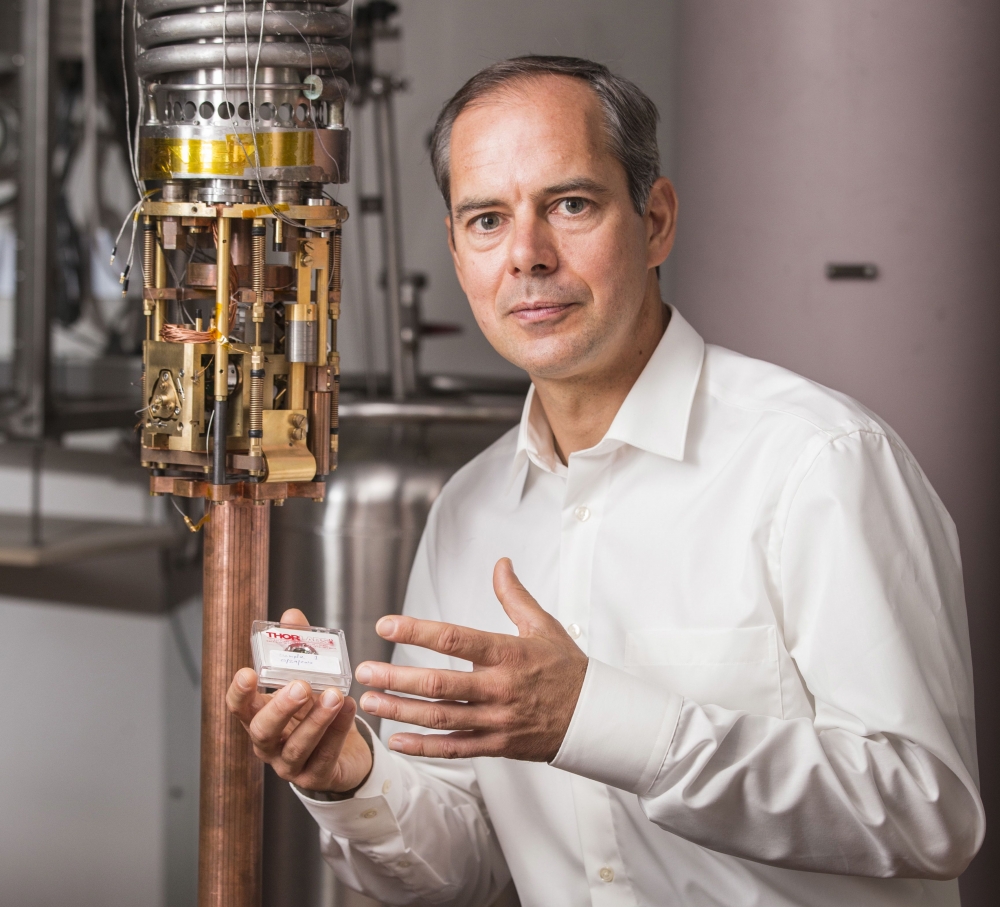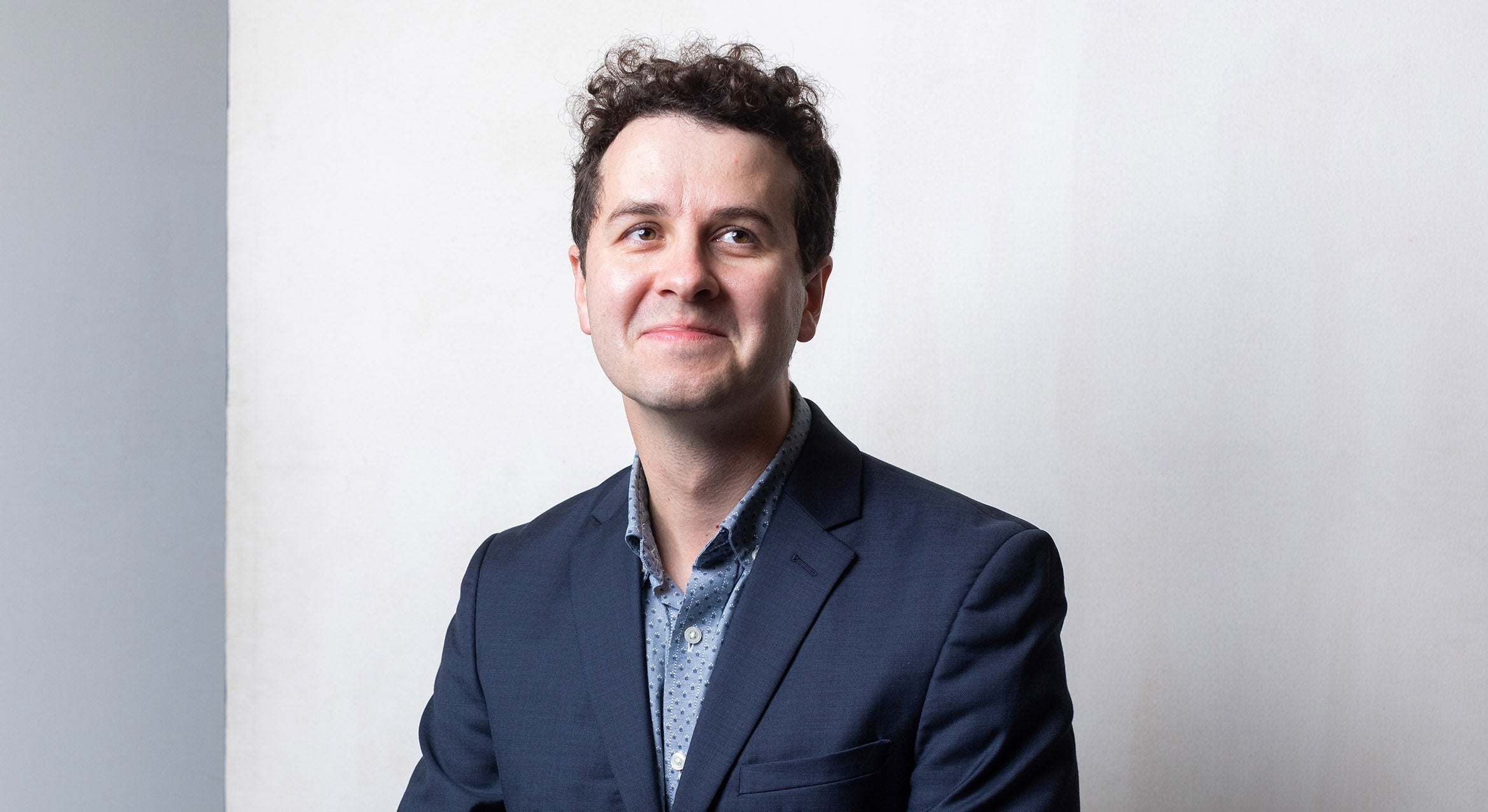
Physics Professor Wins 2014 Spinoza Prize
Dirk Bouwmeester, a professor of physics at UC Santa Barbara, is among four recipients of the 2014 Spinoza Prize. Awarded annually by the Netherlands Organisation for Scientific Research (NWO), it is the country’s highest science award.
The prize, named after the 17th-century Dutch philosopher and scientist, will be presented at a special ceremony in September at the Nieuwe Kerk (Spinoza is buried in its churchyard) in The Hague. Each laureate will receive 2.5 million euros for their research.
“I was very surprised because I didn’t know that I had been nominated for this award and felt honored that some of my colleagues in the Netherlands must have made a significant effort to make this happen,” said Bouwmeester, who is also a physics professor at Leiden University in the Netherlands. “I also wasn’t aware of what the award actually implied. Therefore, I was even more surprised — or shocked might be a better word — to learn that it comes with 2.5 million euros. That’s about $3.4 million dollars free of overhead charges and periodic reports.”
Bouwmeester’s work combines the expertise of both of his research groups: experiments at extremely low temperatures at Leiden; and nanotechnology at UCSB. He tests the boundaries of the quantum mechanical world and the classical world, investigating whether a boundary actually exists and, if so, what characterizes it.
Current scientific understanding holds that the laws of quantum mechanics apply to the very smallest particles such as photons, electrons, atoms and molecules. Larger objects follow classical laws of physics. Bouwmeester investigates whether he can prove otherwise by bringing larger objects into a quantum mechanical state.
In 2003, in collaboration with Sir Roger Penrose of the University of Oxford, Bouwmeester introduced a radical new method for experimenting with the quantum mechanical properties of relatively large objects. Three years later, he demonstrated that a critical process for these experiments — namely the supercooling of an object with light — was possible. These supercooled experiments on mechanical systems have now been adopted by research groups worldwide and have ignited a race to test the quantum mechanics of relatively large objects.
Bouwmeester’s research has led to numerous breakthroughs in physics. As a postdoctoral researcher in Anton Zeilinger’s group at the University of Innsbruck in 1997, he contributed to experimental research deemed worthy of a Nobel Prize nomination: the first experimental evidence for quantum teleportation in which one particle assumes the properties of another particle without having any contact with it.
He has also conducted research into new forms of light — light that does not appear as a wave but as a circle. Connected and interwoven with each other, these circles can form knots. Bouwmeester and his colleagues recently demonstrated that such knots are also possible for plasma and for gravitational waves.
His current research involves artificial atoms in semiconductors with possible applications in quantum informatics, and silver nanoclusters with optical properties inserted in DNA, which have potential medical applications.
Bouwmeester works closely with colleagues and specialized companies to develop the instruments he requires for his research. Seeking to share his knowledge to a wider public, he participates in school projects in which high school students and their physics teachers are exposed to experimental research in the laboratory. He has also discussed the connection between quantum physics and Buddhism with the Dalai Lama.
Established by the NWO in 1995, the Spinoza Prize is awarded to scholars in the Netherlands whose work represents the highest caliber in cutting-edge science. With his award, Bouwmeester becomes one of 73 Spinoza laureates. In addition to the prize money, the laureates will receive a bronze statue of Spinoza.



